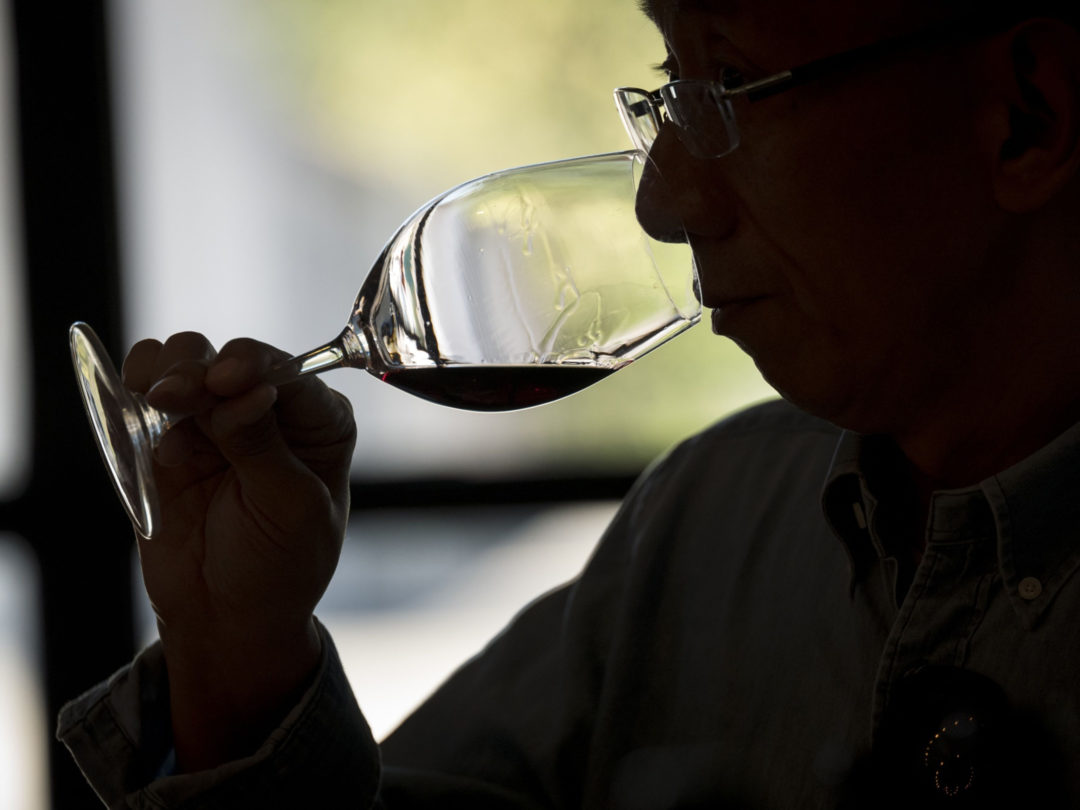
In the battle between the U.S. and European Union over subsidies for aircraft manufacturers, wine producers and importers have become collateral damage.
The U.S. has been sparring for years with the EU over the latter’s $22 billion in subsidies for Airbus, which is jointly owned by Germany, France, Spain and the U.K.’s BAE Systems. In 2004, the U.S. filed a complaint with the World Trade Organization, alleging that the subsidies in question amounted to $200 billion in unfair economic benefits for Airbus. In retaliation, the EU filed its own action with WTO, claiming that the American aerospace Boeing Co. had received some $23 billion in U.S. subsidies for research and development.
In the world of international trade, that represented textbook tit for tat, except that the aerospace tiff has expanded to include unrelated businesses — in this case, the wine industry. In October, 2019, the Trump Administration slapped a 25% tariff on wines from France, Germany, Spain and England with alcoholic content of less than 14%. And last December, the U.S. Trade Representative (USTR) extended that tariff to include higher-alcoholic wines from France and Germany as well.
The actions had nothing to do with any perceived sense of unfairness about the EU’s treatment of wines from the U.S.; it was an attempt to further punish the EU for its Airbus subsidies. But it’s U.S. restaurants, retailers and wine importers who are taking the hit.
The U.S. Wine Trade Alliance, which lobbies for zero-tariff treatment of wine imports, cites several specific instances of immediate damage to already struggling businesses. Vintus LLC, a New York importer, has seen its sales to bars and restaurants plummet 40% due to the coronavirus pandemic. Yet it was expecting to pay more than $1.3 million in tariffs on product ordered last year. Grassroots Wine Wholesalers of Charleston, South Carolina is being hit with $12,000 in new tariffs. And California importer Valkyrie Selections will pay an extra $43,000 on a single shipment of wine that was already en route from France.
USWTA present Ben Aneff says the latest round of tariffs on higher-alcohol wine came as a complete surprise to the industry. “The timing was particularly surprising, given that we’re coming to the end of one of the most challenging years of many of our lifetimes,” he says. “Many of these products are absolutely critical for the restaurant industry, which has been reeling. The fact that the USTR chose to punish the wine industry on a matter of civil aircraft is bizarre.”
Making USTR’s latest actions even more painful was the failure to exempt wines from the EU that were already on the water when the tariffs were imposed. Nor was there any advance warning of the levy, which would have allowed buyers to adjust their purchase plans. As a result, Aneff says, importers are being forced to pay “a huge amount of tariffs on wines they bought with no tariffs whatsoever.”
All of which seems to defeat the aim of imposing such protection against imports (even if it’s to punish an unrelated sector). “The point of a tariff is not to punish your own companies for past purchases, it’s to mitigate future sales, and influence targets abroad by limiting sales overseas,” says Aneff.
He notes that wine producers, importers, distributors and restaurants exist in a fragile “ecosystem,” which only thrives when product traded in both directions isn’t subjected to additional costs such as tariffs. What’s more, he argues, it’s U.S. companies that suffer the most. Due to the extended network of buyers and sellers, every dollar of damage done by tariffs to EU sellers translates into a $4 hit for U.S. companies.
The wine distribution business already functions under built-in inefficiencies. The repeal of prohibition of 1933 mandated a three-tier system in nearly every state, under which wine from the EU must be purchased by a U.S. importer, sold to an independent distributor, then sold again to a retailer or restaurant. The setup leaves relatively little room for profit by smaller entities, Aneff says.
Even less so for restaurants, which make up for slender margins on the food side by imposing steep markups on low-priced wines from Europe. “A high profit margin on wines from the EU is critical to their survival,” Aneff says. That was never truer than now, when restaurants crippled by the pandemic are being permitted to sell wines through delivery.
U.S. wine producers would appear to be remarkably tolerant of their European counterparts, which often are longtime family-owned operations with much lower overhead, and can therefore charge less for high-quality product. In addition, U.S. winemakers have suffered in recent years from devastating wildfires, which slashed production and sent costs soaring. Add to that a byzantine distribution system, and you’d think that Americans would be begging for protection from cheap European imports.
But Aneff says a no-tariff regime benefits all players in the wine industry. “U.S. distributors use some of the income from EU wines to expand their own portfolios, which are much less profitable,” he says. “You want a free market that creates more health and wealth for everyone.”
The U.S. wine industry is now waiting to see whether the incoming Biden Administration will reverse the actions of its predecessor. “We’re hopeful,” says Aneff. “We understand it’s something that Biden is going to be asked to consider.”
For the extended industry of winemakers, importers, distributors, restaurants and retailers, a lot is at stake. “Ending all of the tariffs on food and wine from the EU makes perfect sense,” Aneff says. “They could do it quickly and easily, and it would bring relief to a huge number of medium-sized and small businesses around the country.”







